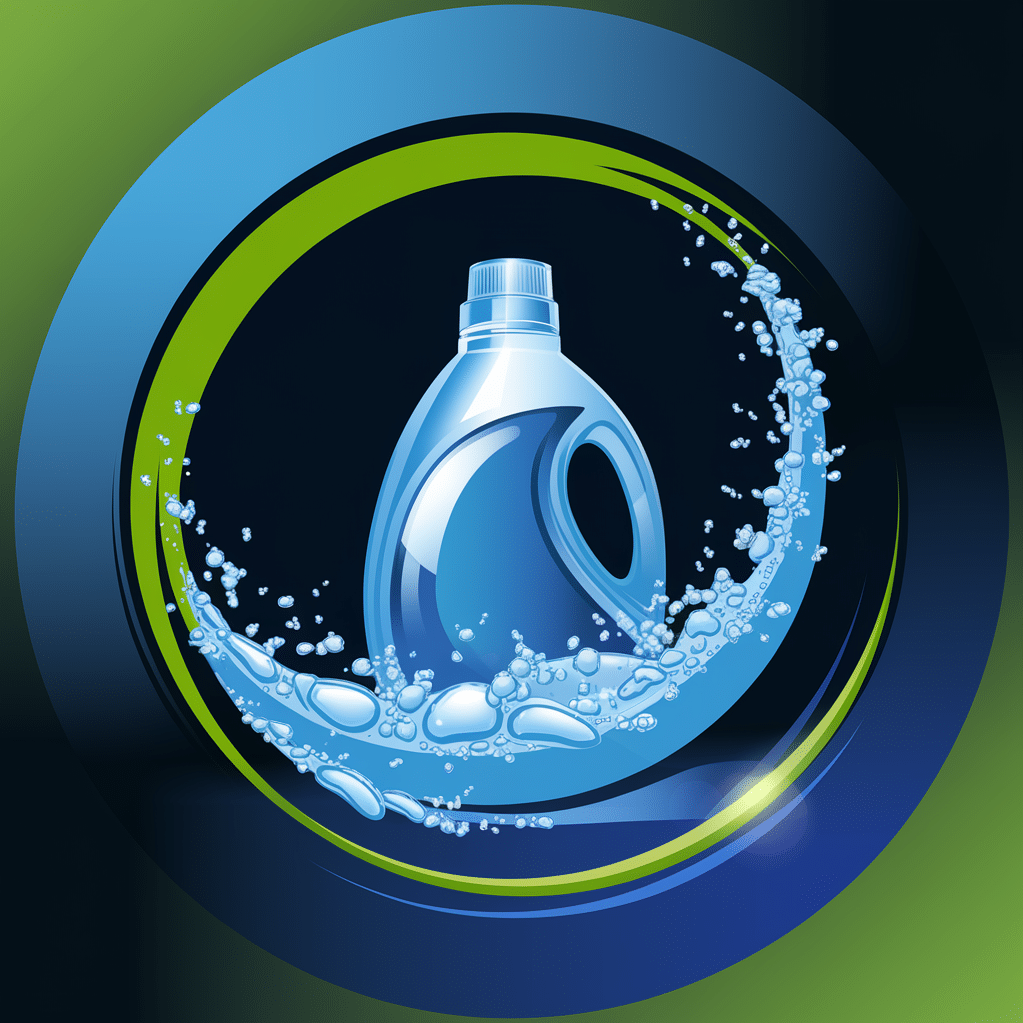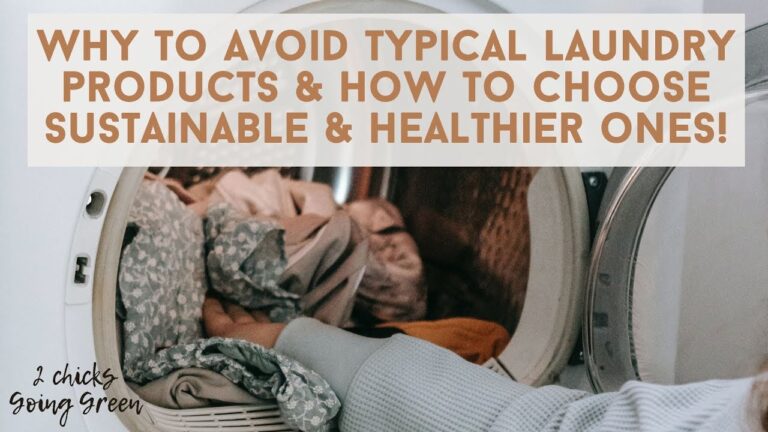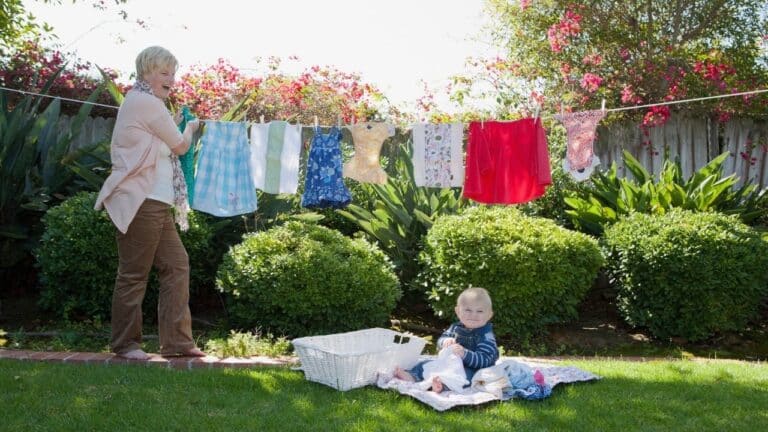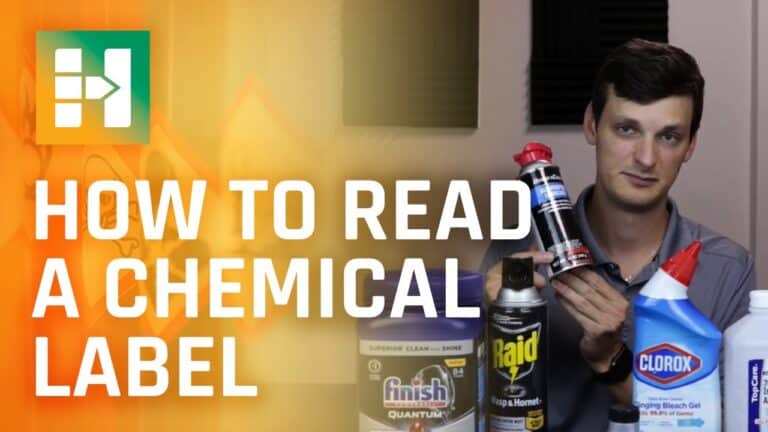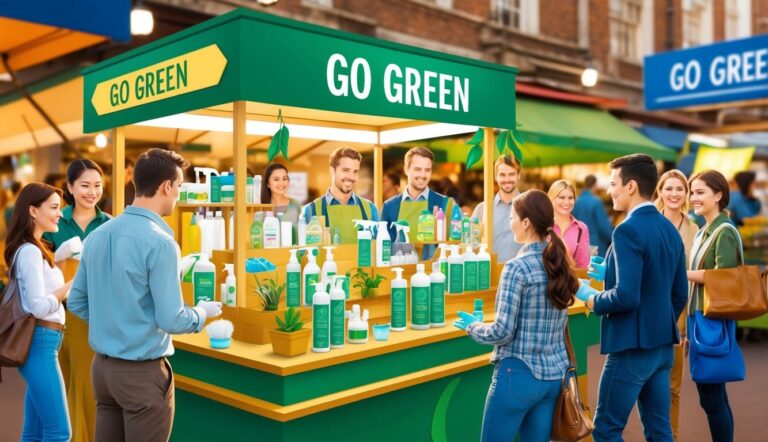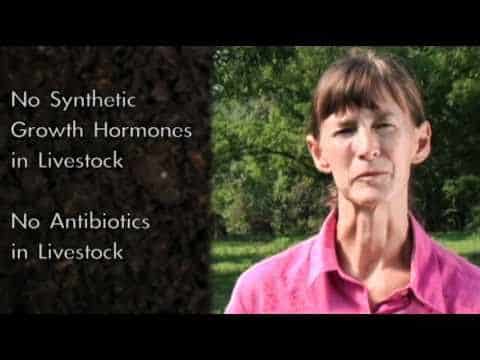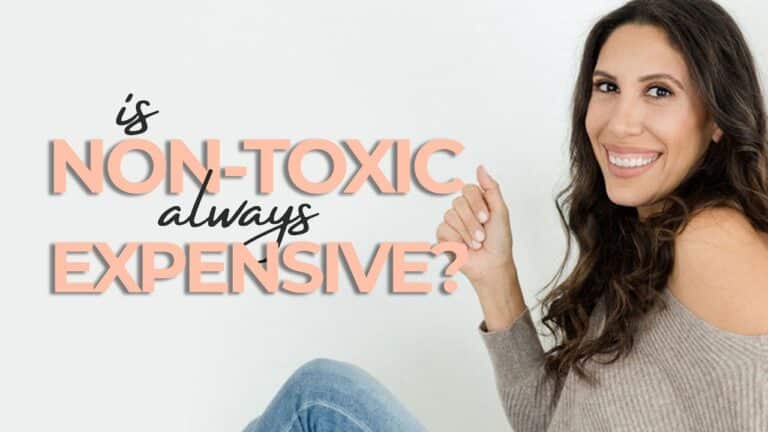The Benefits of Switching to Eco-Friendly Laundry Solutions: A Comprehensive Guide
Making your laundry routine more eco-friendly can make a big difference for the environment and your wallet. Switching to sustainable laundry solutions can reduce harmful chemical runoff, lower your energy and water usage, and help protect waterways while still getting your clothes clean and fresh. Your current laundry habits might be harming the environment more…
